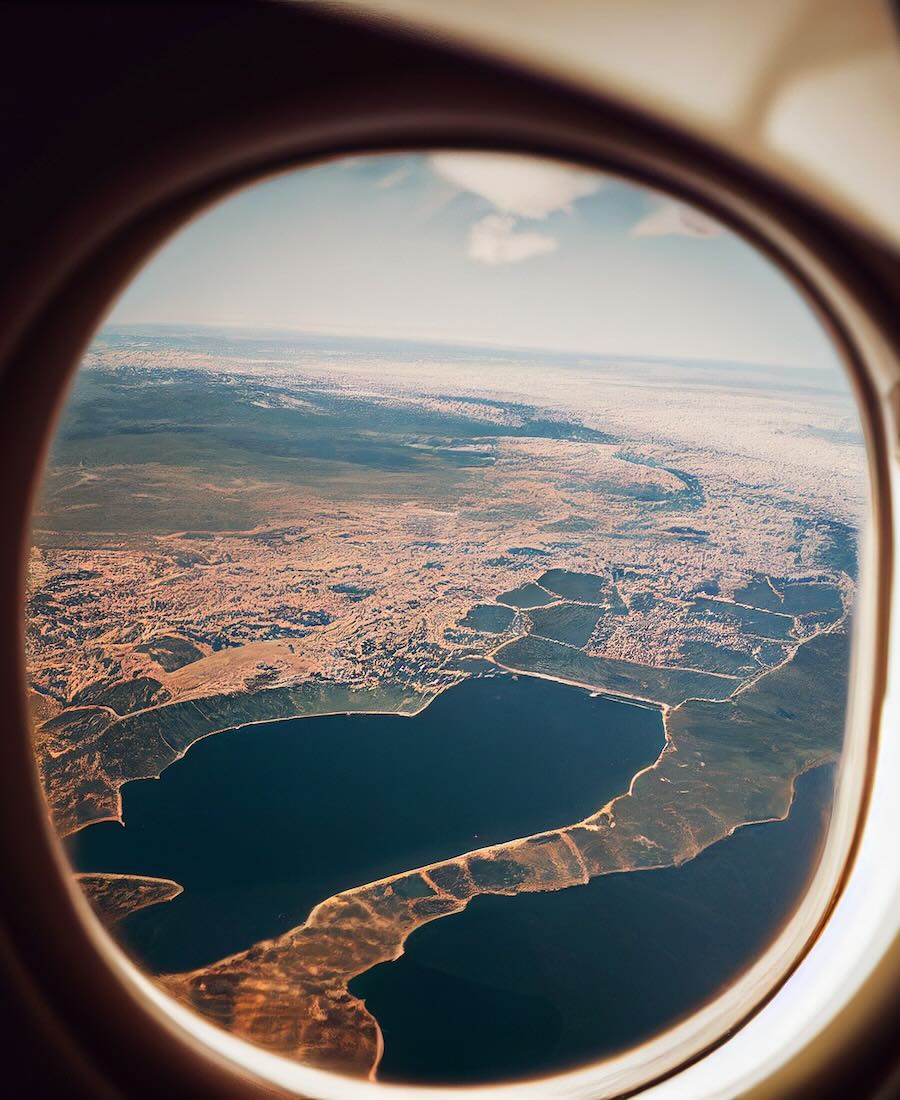One of the most common questions frequent flyers ask is “Why are airplane windows round?”. Can you guess the reason? And what about the small hole at the bottom of the window?
Here’s a hint: it all has to do with safety, not so much with aesthetics. In fact, before the 1950s, they were rectangular. But we won’t give away too much now, stay tuned to this post to find out why the windows are shaped like this.






